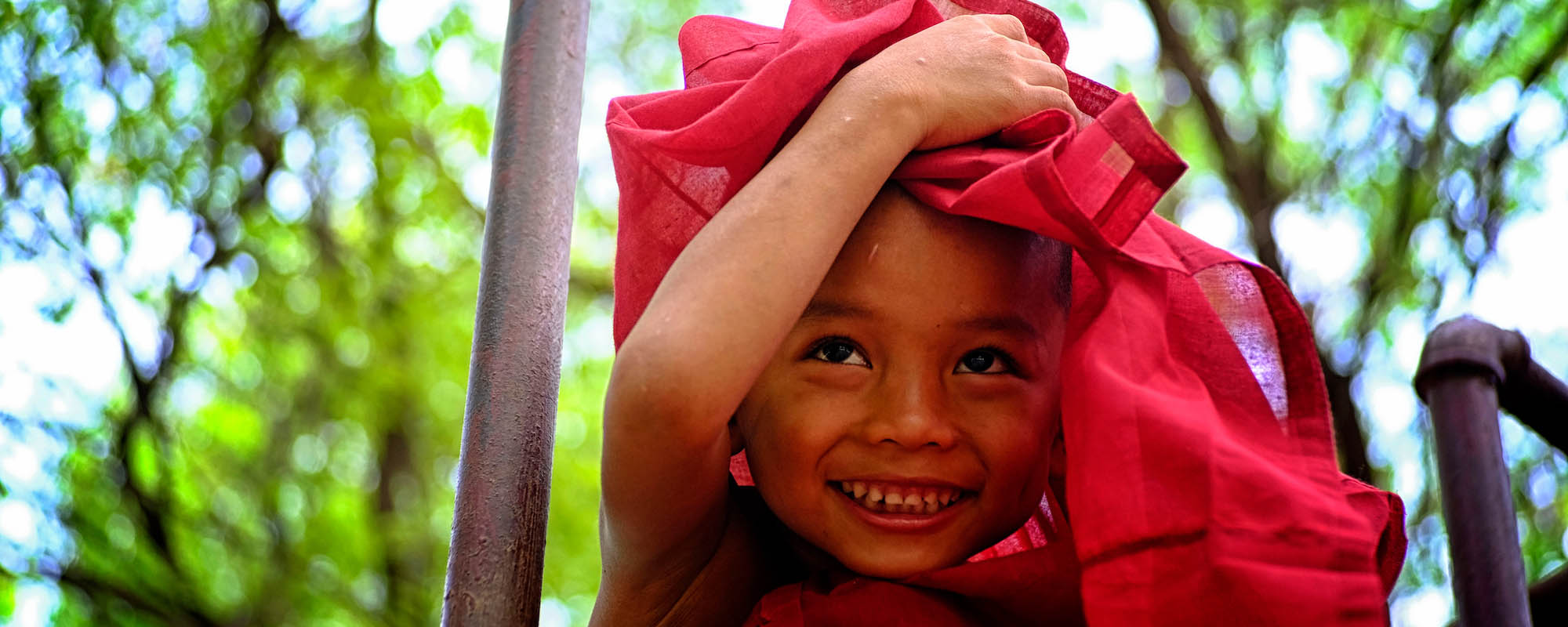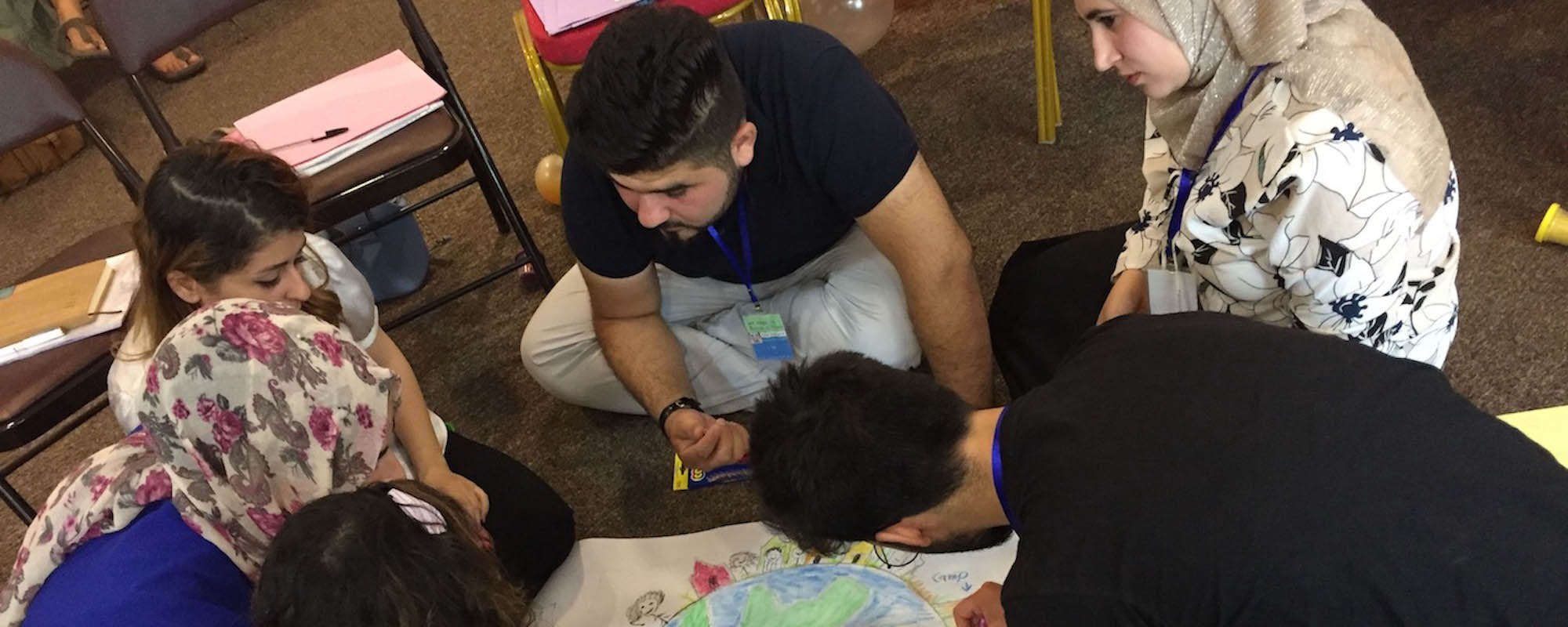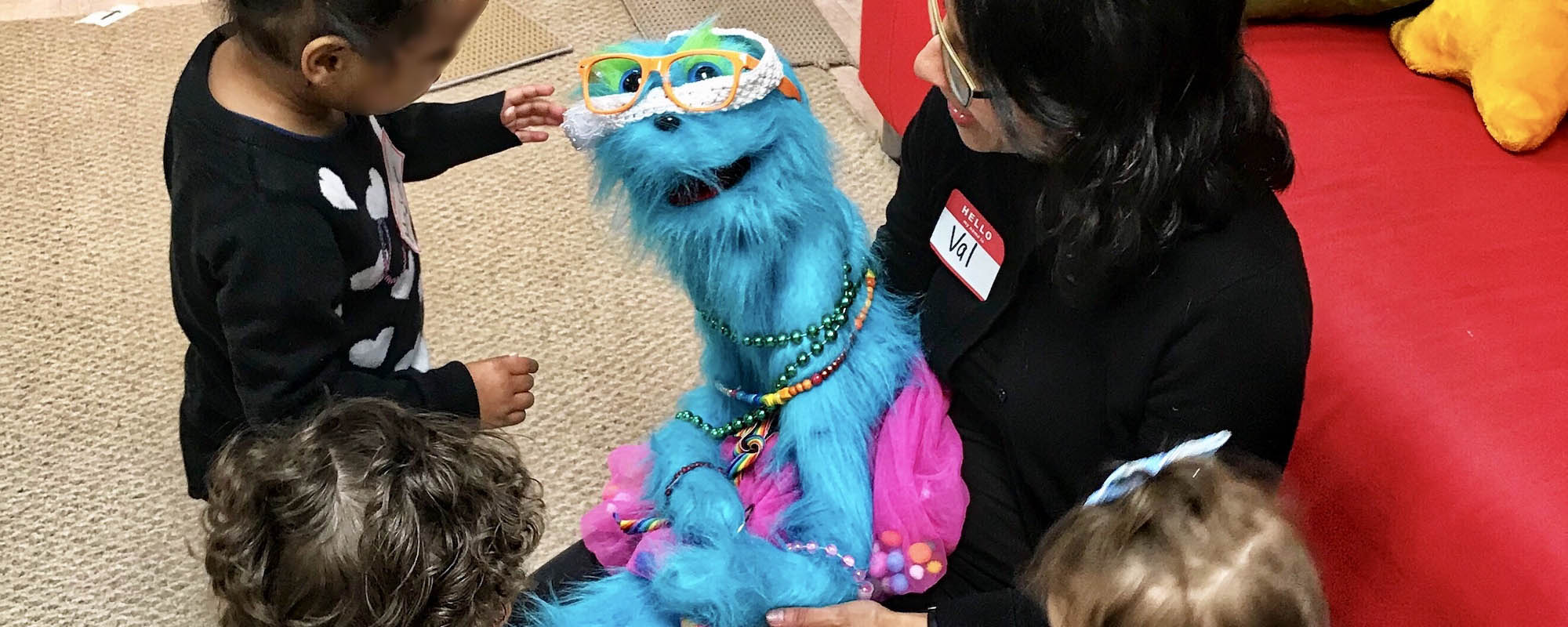There is widespread recognition that children are a particularly vulnerable group; they have different basic needs than adults do, they are dependent on others for the fulfilment of their needs and the denial of those needs can have far-reaching and long-term adverse consequences (Roelen and Sabates-Wheeler 2012, White, Leavy, and Masters 2003, Sabates-Wheeler, Devereux, and Hodges 2009). The policy areas of social protection and child protection are part and parcel of the response to children and their vulnerabilities. Nevertheless, both policy areas have largely developed in silos (Roelen, Long, and Edstrom 2012). This holds in both academic and policy terms. Whilst issues of child protection are mostly dealt with in disciplines of child psychology and childhood studies, social protection is largely appropriated by economists and social scientists. Similarly, national governments, international organisations and NGOs often deal with issues of child protection and social protection in different departments and through distinct sectoral policies. It is increasingly recognised that this dichotomy is artificial (Shibuya and Taylor 2013), and that it compromises the effectiveness of the response to the wide set of needs of vulnerable children.
By Keetie Roelen, Institute of Development Studies (IDS), Brighton, UK






